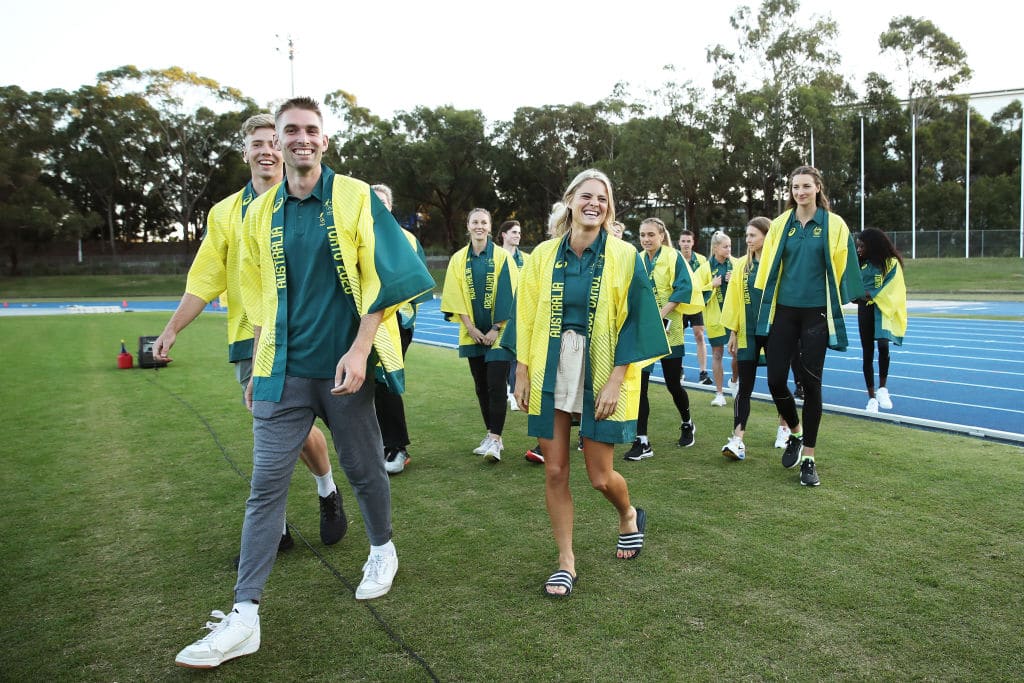Australia’s Olympic team is expected to drink up to 500 litres of ice-cold slushies a day to cope with oppressive summer conditions in Tokyo, but the plan to beat the heat has been more than two years in the making.
The AIS Tokyo Heat Project, a collaboration with sports and Games partners, has been planning to help Australian athletes and staff prepare for potentially be the hottest modern Olympics and Paralympics on record.
Limited international travel means the bulk of Australia’s Olympic and Paralympic teams will be leaving winter conditions to compete in the hot and humid summer of Tokyo.
“We’re expecting it will be around 30-plus degrees, but then you add 70-90 per cent humidity and that has the potential to make it a really relentless Games,” says AIS senior physiologist Dr Jo Miller.
“There’s potential for the hottest Games on record. So we’ve been planning for the past two years with sports, the Australian Olympic Committee, Paralympics Australia and the National Institute Network and putting strategies in place for all scenarios. A strategy for an indoor sport like swimming may be completely different to an outdoor sport like hockey.
“Our plan is about minimising risk and maximising performance.”
The Tokyo Heat Project has expanded its focus to include coaches and staff as well as athletes.
“Excessive heat can impact performance, that can have flow-on effects physically and cognitively,” Miller says.
“We’re mindful that we protect athletes really well, but we’re also conscious that staff and coaches may be out in the heat all day and that can affect decision-making and even mood.
“Everything we’re providing to athletes will be available to staff, so a large part of the Project has been providing information and education to staff.”’
Such is the extent of planning for the Games, AIS staff have mapped out the exact configuration of Australia’s Recovery Hub in Tokyo using to dimensions of the space. Ice-baths are expected to run 24/7, one of the key cooling strategies on the ground.
But much of the important work will be done before arrival in Tokyo, with athletes and sports looking to acclimatise before the Games.
“Some teams have based pre-Games camps in Darwin which is probably the closest we can get to Tokyo conditions in Australia, so we’ve had to look at artificial means of acclimation too.
“That can be active acclimation, like training in a heat chamber, or passive acclimation like using a spa or sauna after training.
“To drive the physical adaptations required, you really need to get the body temperature up over about 38.5 degrees, you need to be sweating profusely and you’ll feel quite uncomfortable.”
The AIS Tokyo Heat Project is part of the AIS REST Hub, which stands for Recovery, Environment, Sleep, and Travel. More information is available at www.ais.gov.au/health-wellbeing/rest-hub
For more:



